-
Posts
25.684 -
Joined
-
Days Won
300
Everything posted by Lion.Kanzen
-
-
-
.thumb.png.ce58cea22940c255f5b0a735d5abee36.png)
Romans military image references
Lion.Kanzen replied to Lion.Kanzen's topic in Tutorials, references and art help
Praetorian guard. -
.thumb.png.ce58cea22940c255f5b0a735d5abee36.png)
Planned Disruption - Migration to git and Gitea
Lion.Kanzen replied to Itms's topic in Announcements / News
-
That's what I came to comment on.
-
https://gitea.wildfiregames.com/0ad/0ad/pulls/7319#issuecomment-107429 Tabasco need some help. Now is when we need help guys.
-
.thumb.png.ce58cea22940c255f5b0a735d5abee36.png)
Increasing social media markting effort for 0ad visibility
Lion.Kanzen replied to Darkcity's topic in General Discussion
-
.thumb.png.ce58cea22940c255f5b0a735d5abee36.png)
Increasing social media markting effort for 0ad visibility
Lion.Kanzen replied to Darkcity's topic in General Discussion
Which is the largest server? I remember using it during the pandemic. -
.thumb.png.ce58cea22940c255f5b0a735d5abee36.png)
Increasing social media markting effort for 0ad visibility
Lion.Kanzen replied to Darkcity's topic in General Discussion
I found a group in FB They are friendly with devs, but limited. https://www.facebook.com/share/g/15iEivydw7/ -
.thumb.png.ce58cea22940c255f5b0a735d5abee36.png)
Increasing social media markting effort for 0ad visibility
Lion.Kanzen replied to Darkcity's topic in General Discussion
-
.thumb.png.ce58cea22940c255f5b0a735d5abee36.png)
Civ: Dominate Romans (late Rome)
Lion.Kanzen replied to wowgetoffyourcellphone's topic in Delenda Est
-
.thumb.png.ce58cea22940c255f5b0a735d5abee36.png)
Civ: Dominate Romans (late Rome)
Lion.Kanzen replied to wowgetoffyourcellphone's topic in Delenda Est
https://youtu.be/au1AxC1mq30?si=IXZe8qRoSMltIy79 Cities and buildings. It gives an idea of important buildings. -
.thumb.png.ce58cea22940c255f5b0a735d5abee36.png)
Increasing social media markting effort for 0ad visibility
Lion.Kanzen replied to Darkcity's topic in General Discussion
Gorgeous. They have to be posted everywhere on Twitter/X In RTS forums. Deviant art. Reddit (I'm not sure where). On Facebook you have to look for places of interest. Our official social networks. Yesterday I was showing an image that I took from Gitea. We have to share images that make people click. Don't forget to invite volunteers. 3D and 2D artists, sound makers and engineers, illustrators, map makers, campaign makers,creative people. And of course programmers and modders. People from all over the world. People like to give their ideas for factions. -
.thumb.png.ce58cea22940c255f5b0a735d5abee36.png)
On the usage of AI to generate 0 A.D. content
Lion.Kanzen replied to wowgetoffyourcellphone's topic in Official tasks
But that is replaced by an authentic one. It looks interesting for making icons. Looks very old school. -
.thumb.png.ce58cea22940c255f5b0a735d5abee36.png)
On the usage of AI to generate 0 A.D. content
Lion.Kanzen replied to wowgetoffyourcellphone's topic in Official tasks
Not bad -
.thumb.png.ce58cea22940c255f5b0a735d5abee36.png)
Narrative Campaign General Discussion?
Lion.Kanzen replied to Lion.Kanzen's topic in Gameplay Discussion
We need a list of new actors, i.e. plants for these maps. -
.thumb.png.ce58cea22940c255f5b0a735d5abee36.png)
Narrative Campaign General Discussion?
Lion.Kanzen replied to Lion.Kanzen's topic in Gameplay Discussion
It is precisely because you do them that I wanted you to do this work. At least we are facing challenges and that makes us see what we need. -
.thumb.png.ce58cea22940c255f5b0a735d5abee36.png)
Narrative Campaign General Discussion?
Lion.Kanzen replied to Lion.Kanzen's topic in Gameplay Discussion
That's why I was going to ask you to give textures to the map. -
.thumb.png.ce58cea22940c255f5b0a735d5abee36.png)
Narrative Campaign General Discussion?
Lion.Kanzen replied to Lion.Kanzen's topic in Gameplay Discussion
Where will the settlement be located? -
I like drawing with my cell phone more.
-
Siempre use el mouse con mi mano derecha. En los 90's no había mouse para mano izquierda. Ya me acostumbré desde los 90's.
-
.thumb.png.ce58cea22940c255f5b0a735d5abee36.png)
Increasing social media markting effort for 0ad visibility
Lion.Kanzen replied to Darkcity's topic in General Discussion
I've already tried several ways. I don't know if it's the app or my internet. Ironically opensource apps work better than official ones. To use FB I use Slimsocial, for privacy. But FB won't let me use Slimsocial to post on my 0AD page. The problem is given to me by Facebook Business. -
.thumb.png.ce58cea22940c255f5b0a735d5abee36.png)
Increasing social media markting effort for 0ad visibility
Lion.Kanzen replied to Darkcity's topic in General Discussion
It seems that it is not possible. I did several tests and nothing was uploaded, not even the texts. Facebook fails a lot. All I have left to do is look for art and drawing groups.


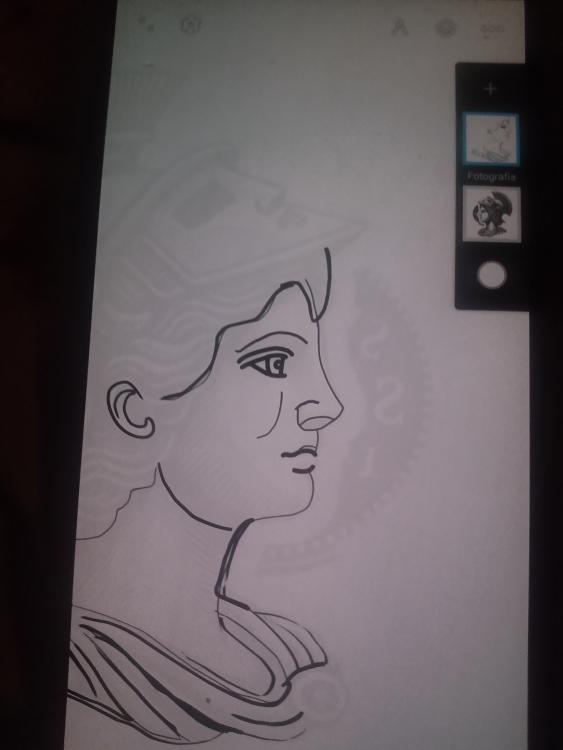
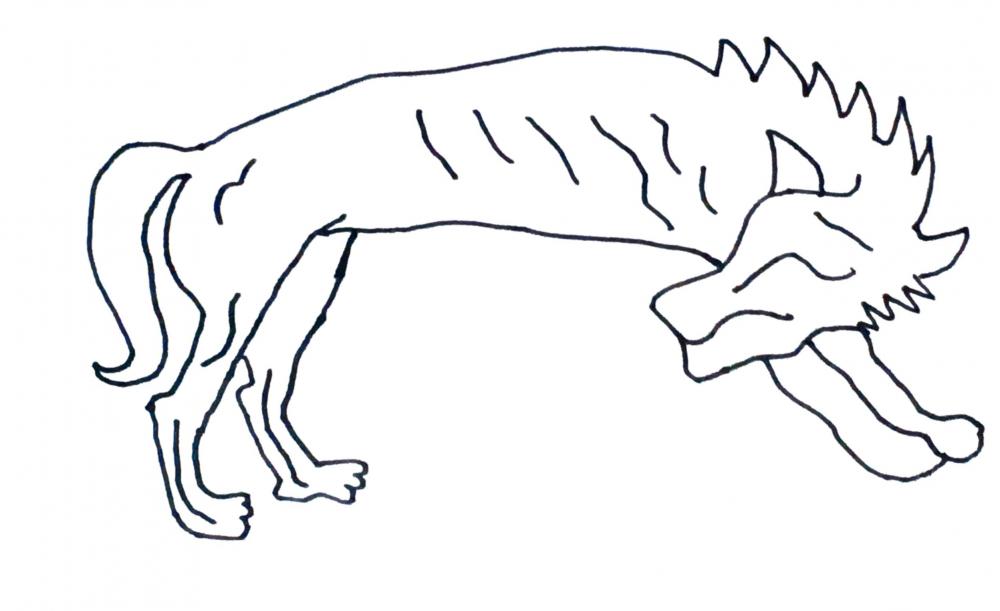
.png.2985fe302c000e6dd8c3e42a1fdeefbd.png)

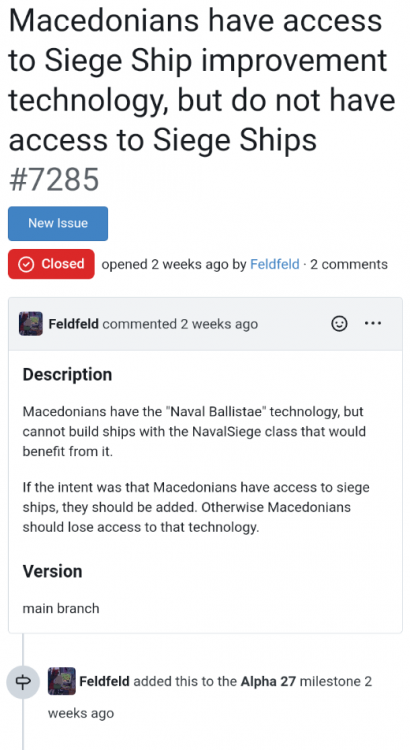
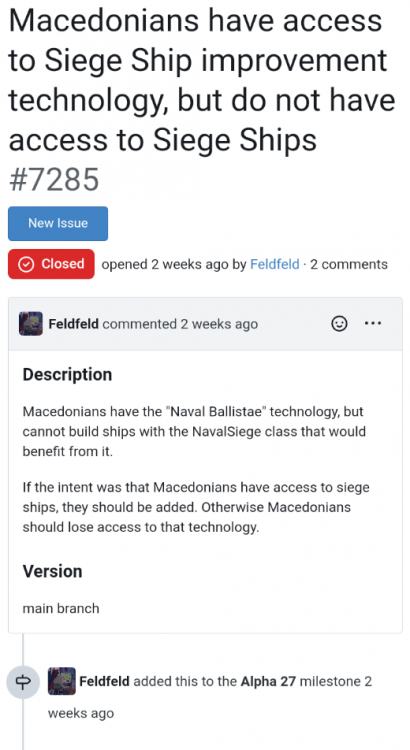

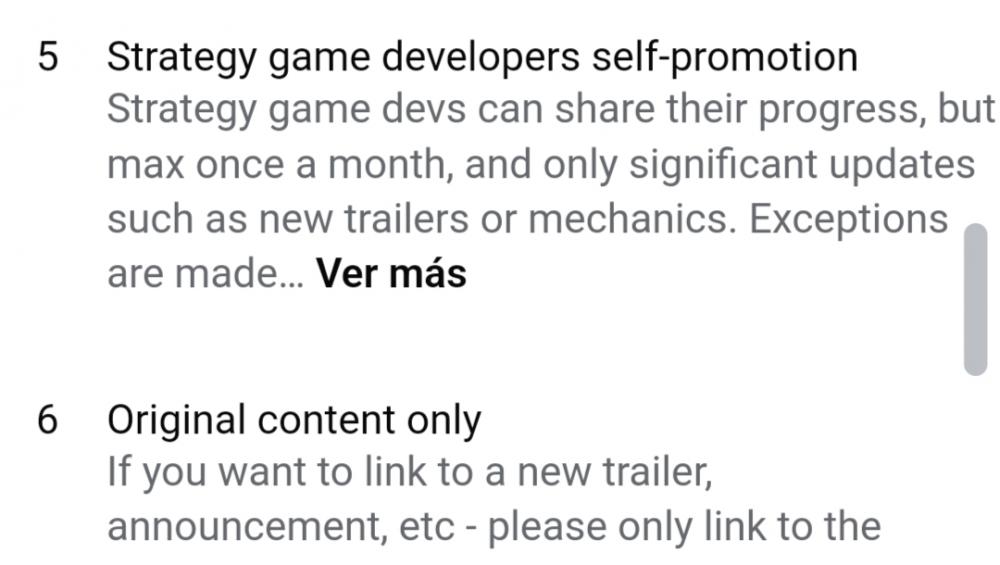


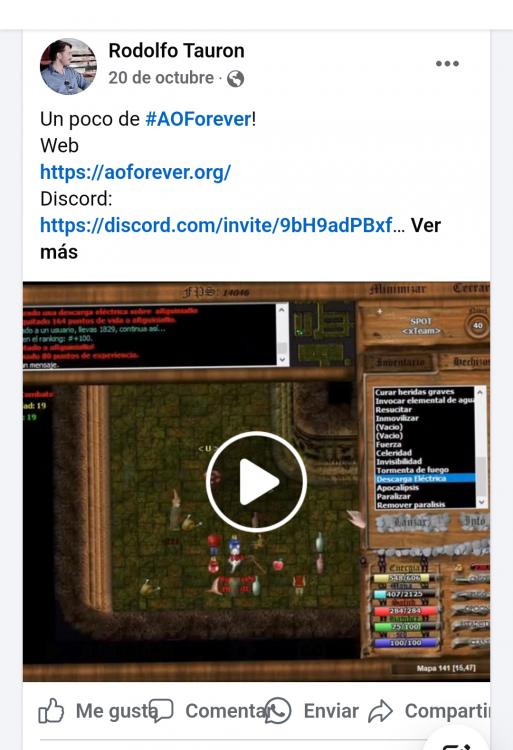
.thumb.jpeg.5349aec7a159d7ff7a97969a38aaa949.jpeg)
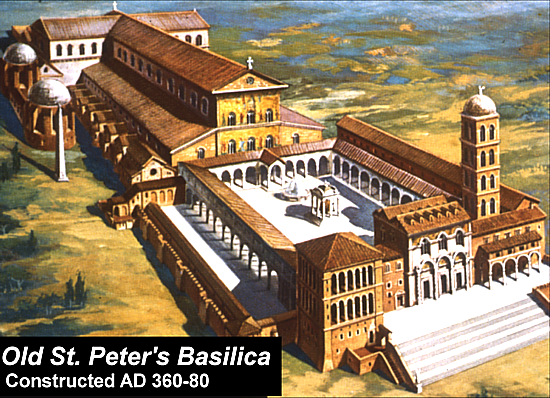
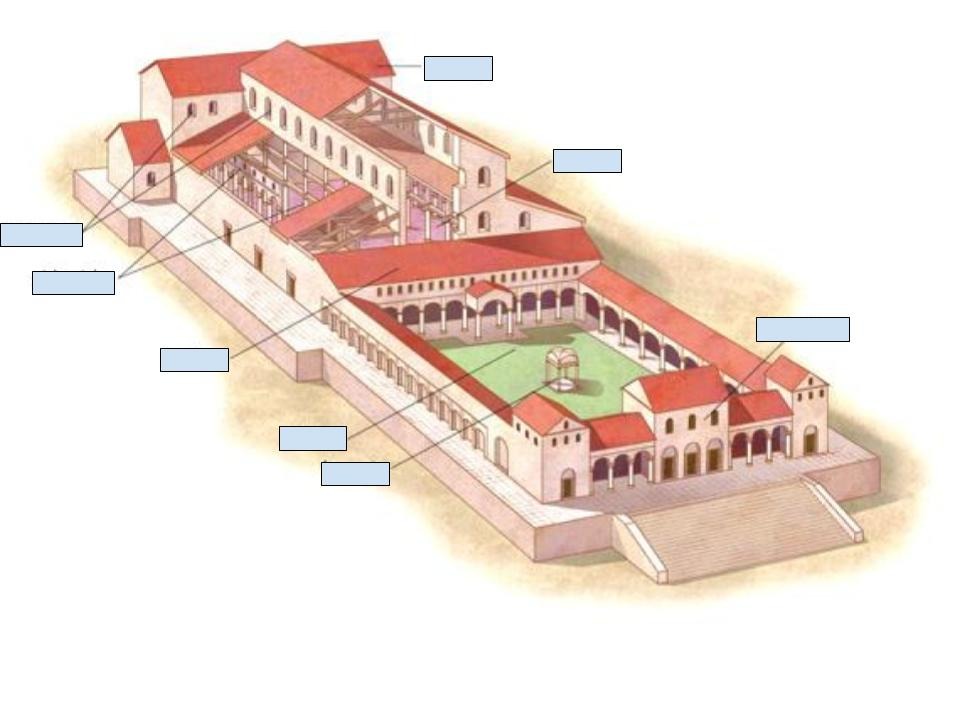
.thumb.jpg.8bfb278eeb2324ac21a4767656c600d9.jpg)
.jpeg.91374ff6946c9d8d8a1917c73e86635a.jpeg)
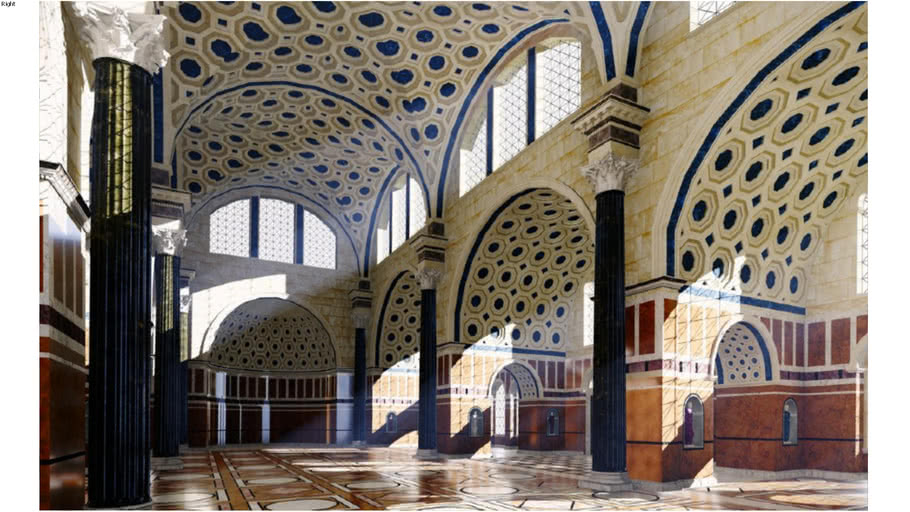
.jpeg.86158e4ef186e551bb66c21d87b9e582.jpeg)


